There is often a debate about whether smaller sensors are dying out and whether full-frame sensors are the only way to go. We will provide guidance on when it is appropriate to utilize a smaller sensor and the advantages that smaller sensors possess over full-frame sensors.
Sensor Size Chart
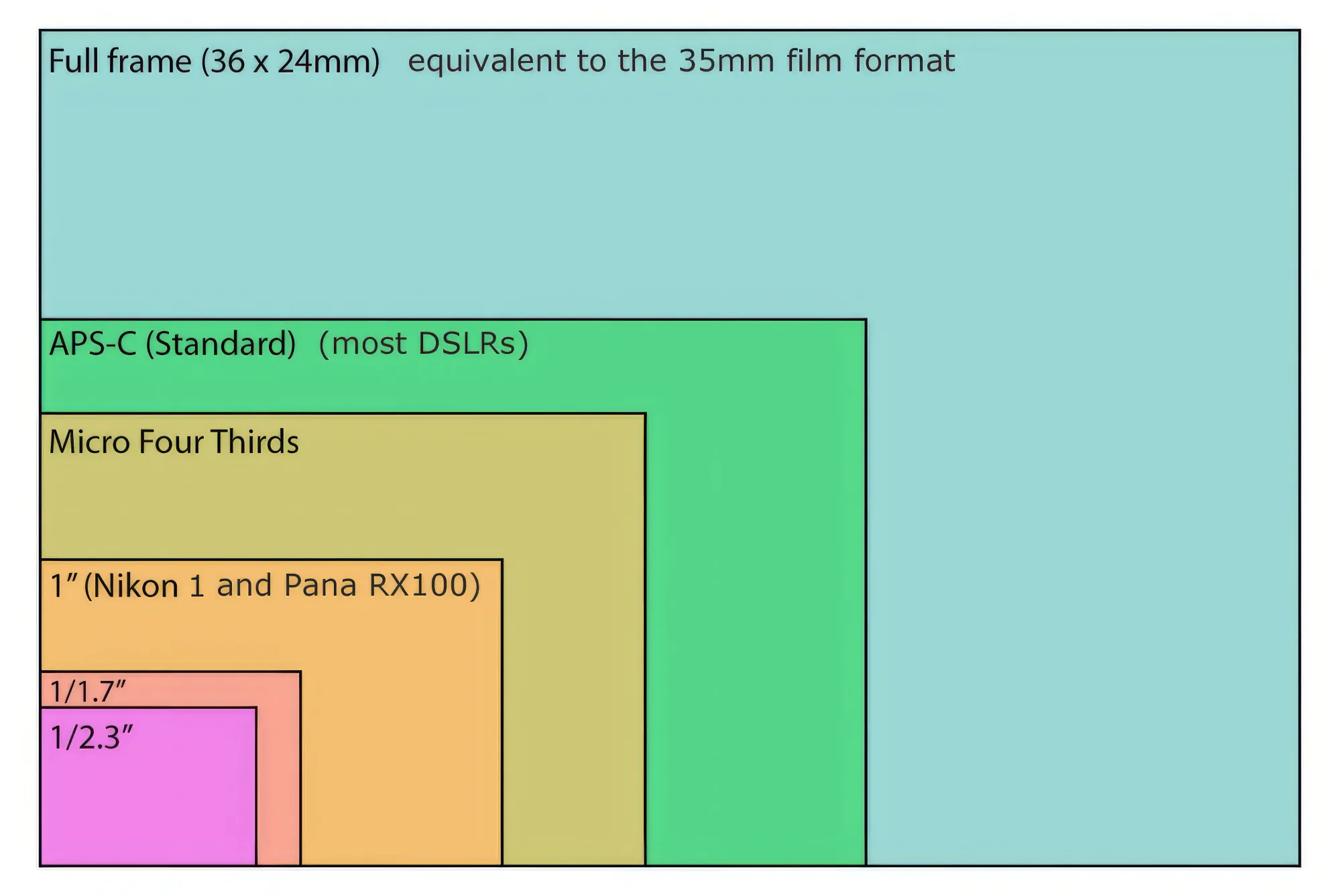
First of all, Full Frame will always win over smaller sensors when it comes to the thinnest depth of field and subject isolation. However, there are many other benefits to smaller sensors.
The Sweet Spot of Sensor Size
In our opinion, the general compatibility with lenses and their affordability are the sweet spots. You can get some specific lens specifications on APS-C or Micro Four Thirds, but it might be difficult and expensive on full frame. The efficiency and the photo quality must be considered. From what we've seen, the sweet spot is between Micro Four Thirds and APS-C. Micro Four Thirds has even more advantages than APS-C over full frame.
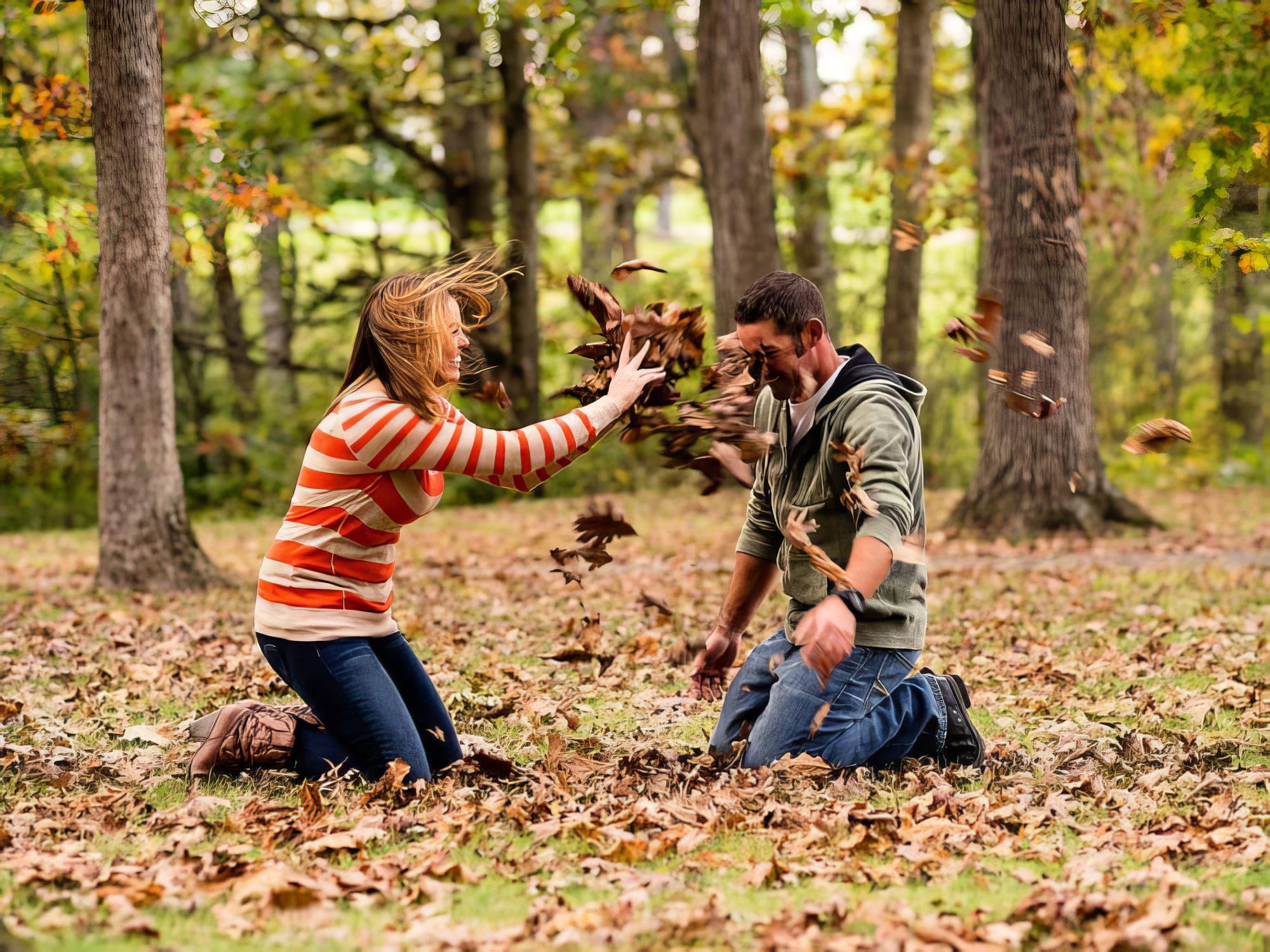
Avoid the “gritty” Look of Smaller Sensors
The gritty look is due to cheaper and slower lenses. You should avoid this look since it does not look natural and organic. We do recommend using very fast lenses and vintage lenses for a life-like appearance. Speedboosters can help you avoid looking gritty and artificial. Combined with smaller sensors, they also transmit more light than Full Frame systems.
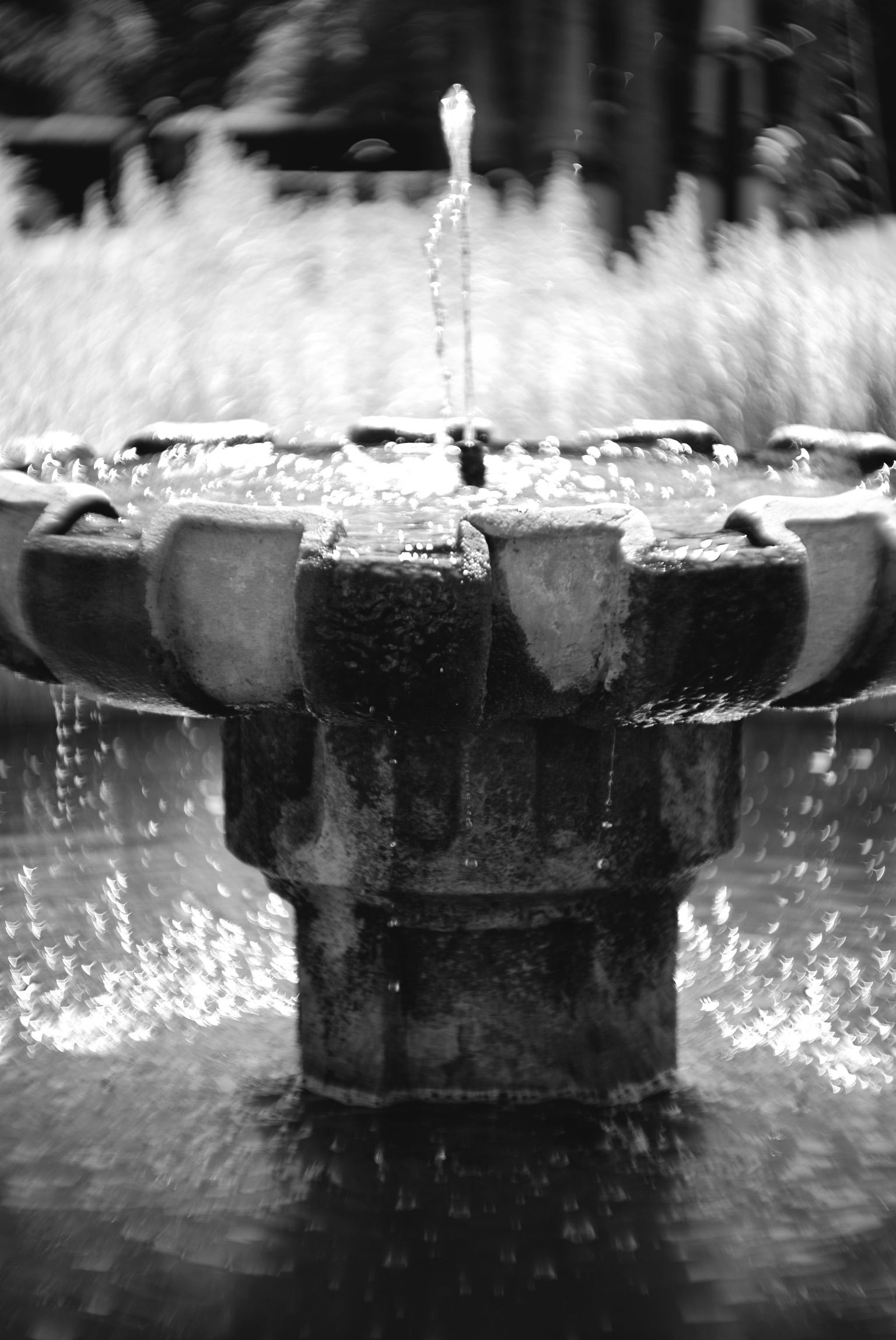
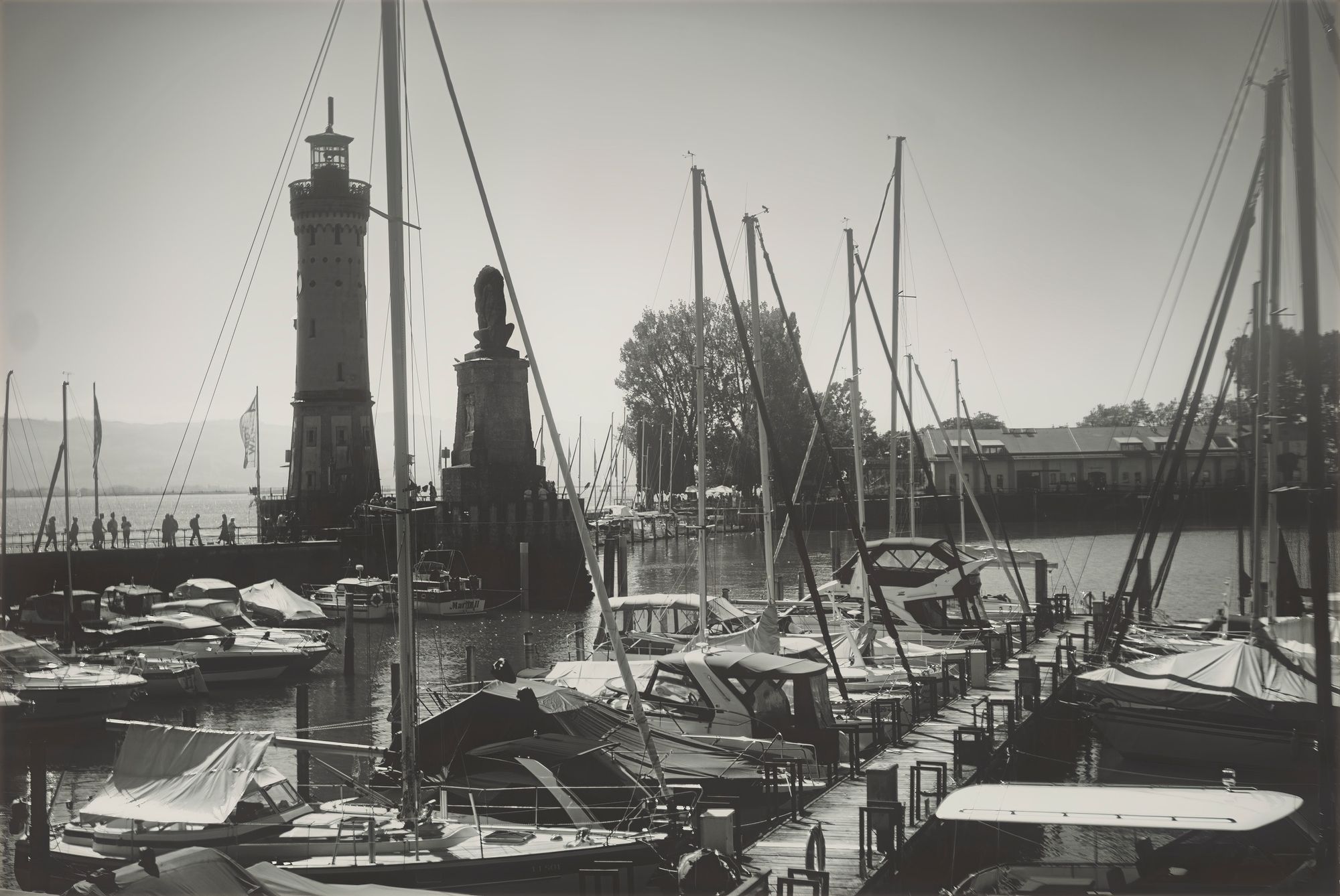
Speedboosters
Think about magnifying lenses. That's pretty much how Teleconverters and Speedboosters work.
Most Teleconverters either magnify 1.4x or 2x - so a 200mm lens with a 2x Teleconverter captures what a 400mm lens would (200mm x 2 = 400mm).
On the flip side, a 0.7x Speed Booster broadens the view. For example, a 50mm lens with a Speed Booster acts like a 35mm lens (50mm x 0.7 = 35mm).
What some people don't know is that a Teleconverter will make your lens slower, and a Speedbooster will make your lens faster. The transmission of light changes.
Why do Speedboosters not exist for Full Frame?
While Teleconverters make the projection of the lens smaller, Speedboosters make them wider. If your lens optical performance is poor, a Teleconverter will worsen it. While a Speedbooster might increase the optical resolution. This sounds too good to be true, and you are right. Due to the crop factor, the lens has less clarity than a Full Frame lens. Adding a Speedbooster restores only 0.7x its original performance. If we put a Speedbooster on a Full Frame camera, it will show more than the projection can handle, because a wider projection is needed to cover the Full Frame sensor.
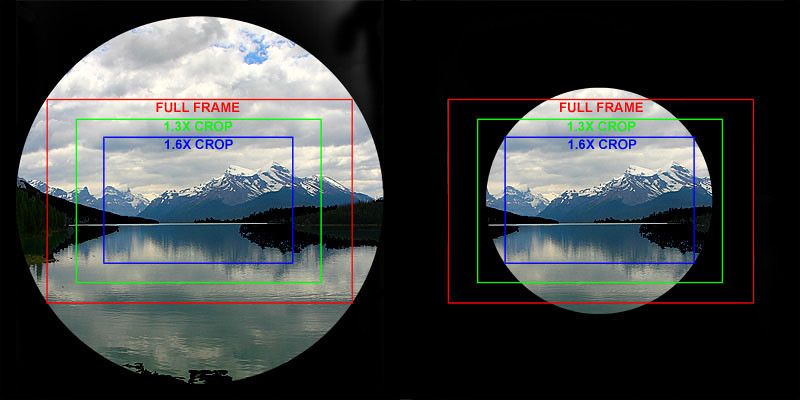
While you do not need Speedboosters for native lenses, it is highly recommended to use Speedboosters for Full Frame vintage lenses to improve their performance.
APS-C
The “want to be” full frame format for people with a smaller budget. There is no advantage over full frame cameras, except for the fact that APS-C lenses are cheaper than full frame lenses, but they are still pricier than true Micro Four Third lenses. You are sacrificing image quality over a small margin by having a wider range of lenses. You can use Speedboosters with this format, but not every format will be compatible with it. For Speedboosters you can usually use old M42 lenses and older camera formats, such as old Olympus and Pentax systems, which had a larger distance between the sensor and the rear lens.
The APS-C format makes it possible to have very fast lenses, but not as easy as Micro Four Thirds. Generally, the lenses won't look as big as they would with Full Frame format. If you need a specific camera and lens combination that fits in the APS-C size, it is a good idea to get it. There may be reasons for the camera features on an APS-C system over a Micro Four Third system. For example, the Sony APS-C system has an excellent autofocus (AF).
Micro Four Thirds
A decent Micro Four Thirds camera system with a decent lens will still outperform all Smartphone lenses and anything else with a smaller sensor size than the Micro Four Thirds. If you value efficiency, compatibility and creativity, it seems a brilliant choice to go Micro Four Thirds. I think this would be a better entry camera system for future photographers to learn all about photography.
Micro Four Thirds allows you to adapt any lens, even full frame lenses, and also use vintage lenses. You can use Speedboosters to make the Depth of Field almost look like it's full frame. Speedboosters cannot compete fully with a true full frame system, but they're close and make it easier to try out new lenses and be creative.
Micro Four Thirds has one of the lowest minimum distances between the sensor and the rear glass of the lens, which makes it almost exclusively compatible with exotic old vintage lenses, like old 8 mm projection film lenses.
If you are willing to learn all about photography and want to be proficient with manual focus, you can produce high-quality abstract and creative images with the lowest budget possible.
These are features you will never get in Full Frame:
Zoom lenses: Smaller sensor systems tend to have very interesting zoom lenses. There are those with lens stabilization built-in and together with the camera they communicate with each other and improve the overall stabilization, so you can basically record videos without a tripod or make really slow shutter speed photos.
But especially when going for Micro Four Thirds, you will be able to mount vintage 8mm and 16mm film zoom lenses. You need a bit of knowledge on how to do that, but if you want to get into the technical side of photography and camera technique, then this is the most compelling way to do it. You will be able to find crazy specs if you dig a little. One recommendation would be the METEOR - 8m-1 F1.8 / 9-38mm film lens (around $50 on eBay 2023). For adapting the Meteor, you require a C-mount to M4/3 adapter and that's it.

The following specs resemble 18mm - 76mm Full Frame zoom with amazing speed.
Also recommend vintage lens for Micro Four Thirds is the Meopta Openar 80mm F2.8. It shows a remarkable artistic effect, very similar to those known from a full frame Trioplan lens.
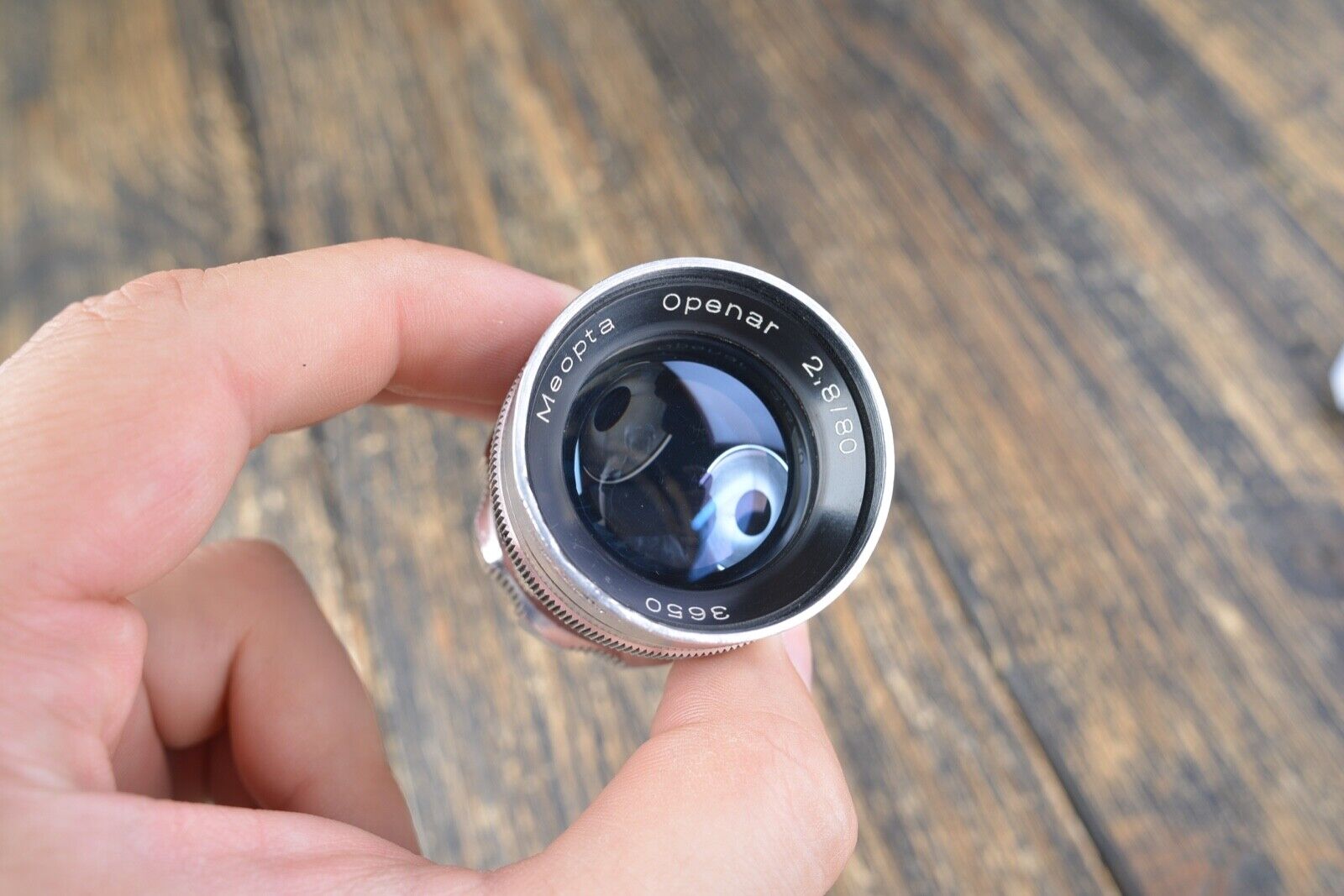
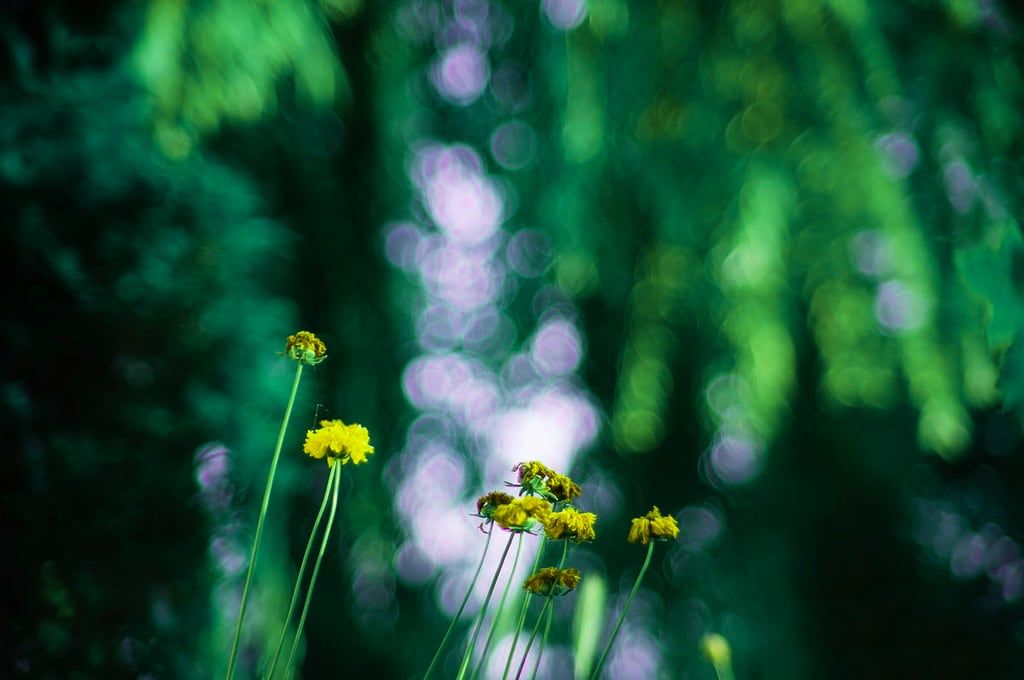
Similar like with the Meteor, you only need a C-mount adapter for mounting. With these two lenses in your pocket, you only need to have a budget below $200 (2023) and you basically have almost every focal range you could wish for. Ready for experimenting and discovering new ways to take photos. Keep in mind, these two lenses will not be compatible with APS-C cameras.
Technical aspects: Smaller sensors have a faster data readout because of their smaller size. This means that you can take photos without jitter even when the camera is shaking a lot. Nowadays, many high-quality Full Frame cameras can read out quickly enough to solve this problem. However, it remains the reason the physical shutter persists to this day. You will most likely see no difference between the electronic shutter and the physical shutter in a camera with a smaller sensor. In the majority of full frame cameras, it is possible to observe distortion of objects that are moving at a rapid pace when employing an electronic shutter. This issue almost disappeared completely with the newest Full Frame Sony cameras, but the response time of smaller sensors is still on another level if you want to shoot high-speed objects. For example, golf clubs, badminton rackets, and anything that has very high motion speeds is prone to distort. But keep in mind that a sensor is only as good as the hardware power backing it up, for faster readouts you obviously need faster hardware inside the camera.
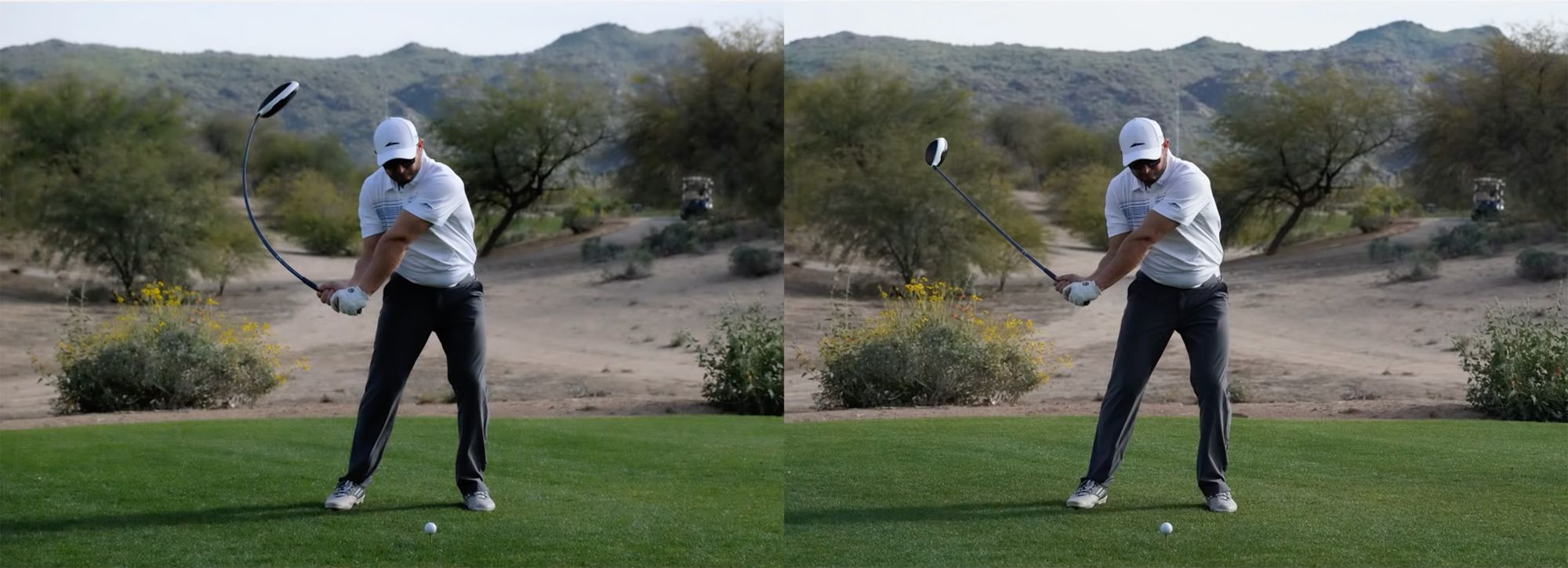
Back in the days, I owned an Olympus Em1 Mark-II which never had this sort of distortion. It can still occur, but the distortion is a third of what you see in the photo above. Full Frame cameras like the Sony FX3 or the Sony A7S III are so optimized that there should not be any issue, these two cameras sacrifice resolution to optimize readout speed.
Stabilization: The limited space in a camera case makes smaller sensors ideal for internal physical stabilization. Which, to this day, stands head and shoulders above any Full Frame stabilization. There is an almost gimbal-like stabilization that allows tripod free shots with ultra-low shutter speeds with lenses that also have stabilization of the same brand. Fuji, Panasonic, and Olympus work very well in this regard. Olympus always had the superior stabilization, but has also the more expensive cameras. Even without a stabilized lens, casual video recording is really smooth.
Software: Full Frame cameras use the majority of hardware to process the sensor data, and many of them run hot while doing so. Small sensors don't have this problem, so the hardware has more room for software processing and features. The live mode with slow shutter on Olympus makes it possible to paint with light. This feature is commonly used by product photographers to expose without flash.
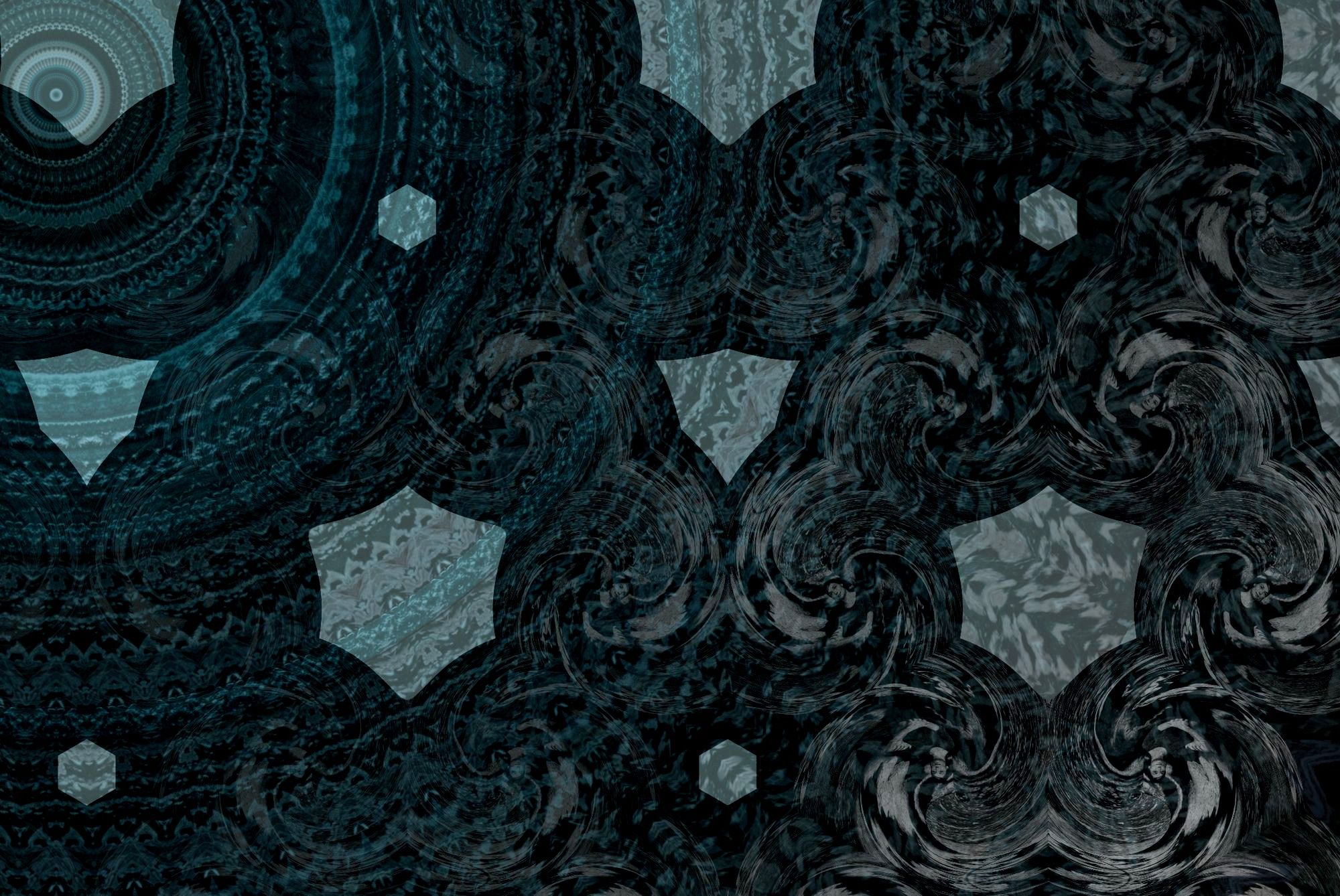
Shooting with Crop Factor
The experience on the field
As explained before with the Speedboosters, we do have a 2x crop factor on Micro Four Thirds or around 1.6x crop factor on APS-C. This means we have to change our habit if you are coming from 35mm analogue.
Portraits
Portraits might need an awkward amount of distance to achieve a good subject isolation. This is good for male portraits but bad for female portraits. The room compression of a long focal-length is not as pleasing for female subjects. In my experience, male portraits are wonderful when going with lenses like a 80mm or 135mm, this would mean you are effectively shooting with 160mm or 270mm. But for female subjects it is really challenging to achieve pleasing results because I like to do female portraits with a 35mm - 50mm and we would need a 14mm or 24mm lens to achieve a similar result. At this point, it is good to work with the environment to isolate the subject, use colours or light and shadow to separate the foreground from the background. In general, when going for a modern isolated look, you will find yourself shooting a lot with long focal lengths.
Landscapes
Landscapes highly depend on the camera because cameras like Olympus have a special Hi-Res shooting mode optimized for landscapes. Software can make astounding results here, even better than some Full Frame cameras. In this category we rarely require a good subject isolation, it is more about the detail and the light. In my opinion, landscapes is where the smaller sensors start to shine because with Full Frame, you have more often softer edges if you are not going for an expensive dedicated hi-res lens for landscapes. At the same time, you are losing more light with Full Frame because you have to close the aperture more to achieve sharper results. On Micro Four Thirds the whole landscape is sharp and in focus wide open without soft edges or chromatic aberrations. My favourite landscape lens from Olympus was the M.Zuiko 60mm Macro, together with the Panorama mode, I could stitch multiple photos together for a grand hi-res landscape. Macro lenses have better resolution and less chromatic aberrations in general, this makes them good landscape lenses in combination with a Pol-filter to bring the greens out.
Products
If I needed a dedicated camera for product photography, then I would go for a smaller sensor, probably the Sigma line-up with *Foveon sensors. These cameras are generally very slow, but for products that is fine. Personally, I owned a Sigma Quattro HD and the results still blow me away today. Smaller sensors are better in product photography because usually, you come really close to the product, and this is where you simply see more of the product with smaller sensors. Full Frame has often too thin Depth of Field and you need to close the aperture more. This also results in a lot of ultra-thin DOF photos that are really not good product pictures. In general, you want to see the whole product and isolate it, not just the letters on the bottle. While with Full Frame, it is of course possible to make spectacular product photos, it is simpler and easier with smaller sensors.
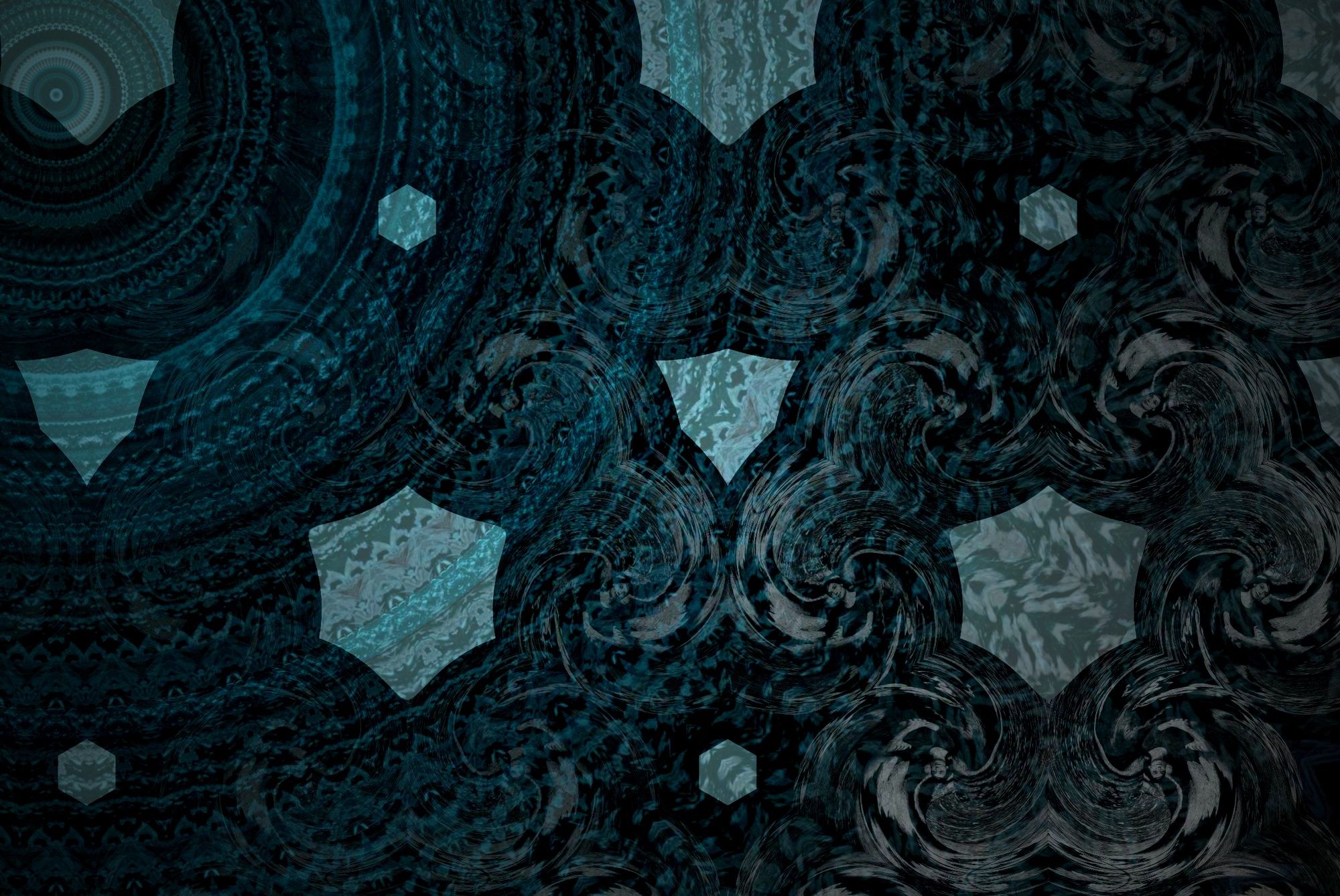
The Endless Possibilities
Of smaller sensors
As a general photographer, you really have more possibilities going with a smaller sensor. Smaller sensors are more budget-friendly and offer you a greater creative variety unless you want to excel at a certain area more than others, for example, wide-angle object isolation. Full frame definitely has its place, but the overall hype about a full-frame sensor might not be as good as some tell you. I managed to make decent photos of any category with Micro Four Thirds, regardless if they are portraits or landscapes or abstracts or product photography. With smaller sensors, some categories are just much easier, for example macro- and telephotography.

